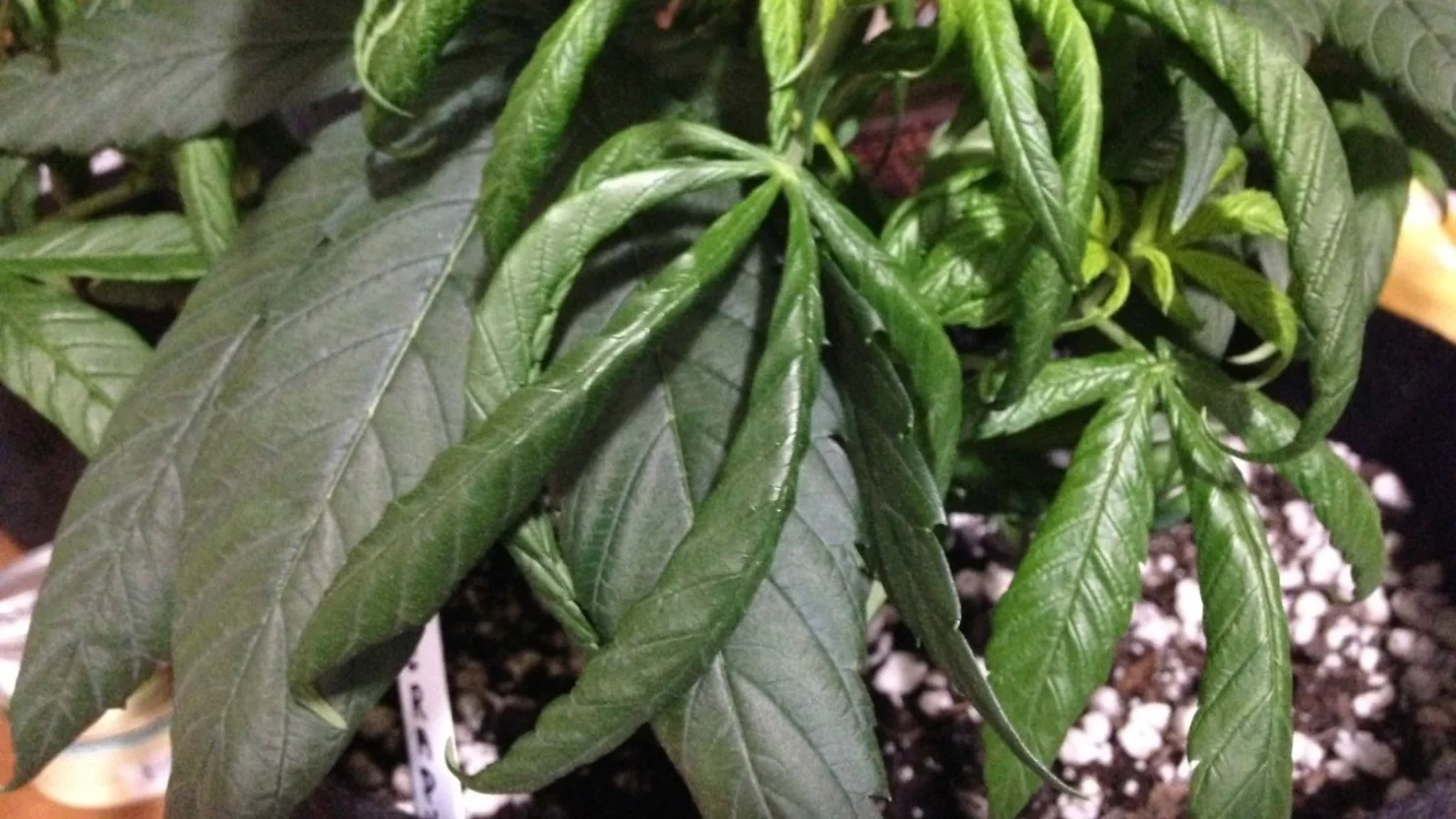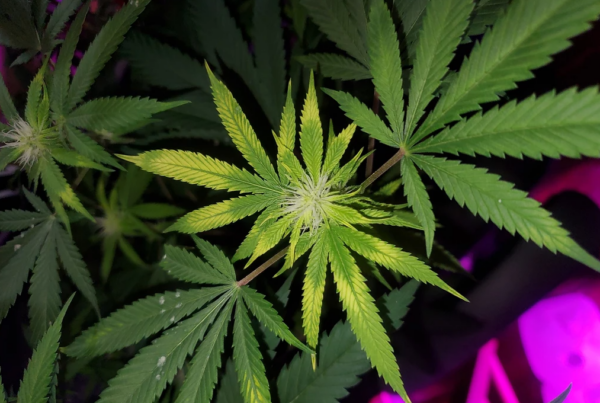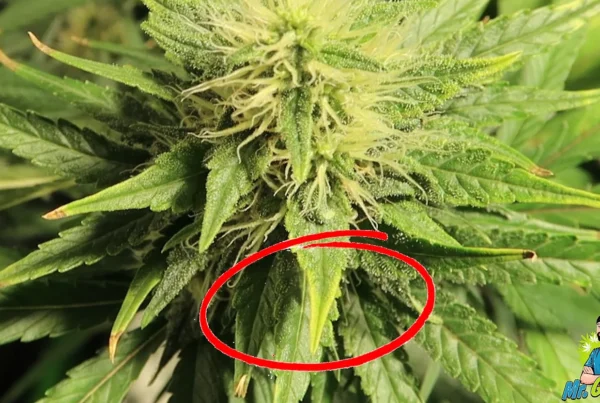To become a master cultivator, it is essential to understand why certain elements are important to sustain the cannabis plant and what could go wrong if these elements are deficient or present in abundance. One of the essentials components required for the survival of the cannabis plant is nitrogen. Nitrogen is a primary nutrient responsible for plant growth, but in abundance it can hurt the plant as much (or even more) as a deficiency.
If you are a novice grower, there is a chance that your cannabis plant will get the “Claw” which is another term used for nitrogen toxicity. This guide will help you identify the signs of nitrogen toxicity and provide you with tips to treat it and avoid the problem in the future. Don’t panic if you are encountering this problem as there are ways to fix it and prevent it from happening again. To understand how nitrogen toxicity occurs, it is important to understand how plants consume nitrogen.
- Unlike micro-nutrients like copper that are semi-mobile, nitrogen is very mobile, and it can move from one part of the plant to another with ease. It is essential for plant growth and plants take it from the soil or growing medium
- Nitrogen is also responsible for giving the plant its green color as it is a building block for chlorophyll molecules
- Plants do require a good amount of nitrogen for healthy growth. Nitrogen is the main element that is present in most plant foods, the other two being phosphorus and potassium. Most plant food bottles have three numbers written on them, for instance, 5-50-5. These numbers represent the ratio of nitrogen to phosphorus and potassium. Although nitrogen is essential for the plant to thrive, too much of it can cause issues. Hence, it should only be provided in an adequate amount to keep the balance.
But how do you identify if the balance is off and your cannabis plant is indeed suffering from nitrogen toxicity?
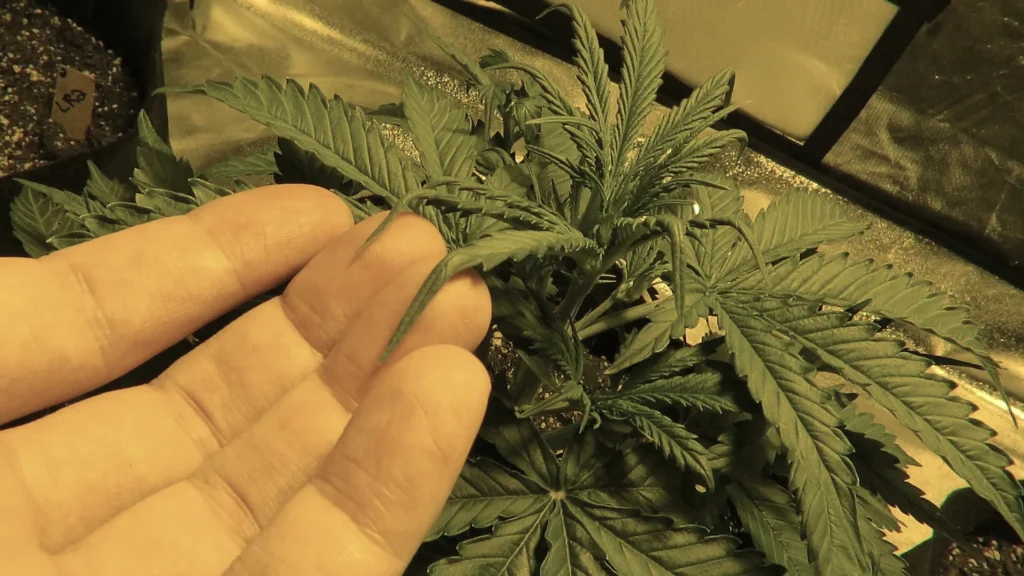
Clawing leaves due to too much nitrogen
Signs of Nitrogen Toxicity in Cannabis Plants
Here are the common signs that help identify the problem. Observe your plant to see if any of these signs are present:
Curled Leaves
Nitrogen toxicity is also referred to as, “The Claw” and there is a reason for that. One of the main symptoms of nitrogen toxicity is that the leaves curl or bend at the tips or end. The oddly curled leaves start to resemble a claw. Besides clawing, the leaves also begin to look shiny and dark green. This intense green color is a very telling sign of nitrogen toxicity. First, the signs appear in older leaves then they appear in the new growth. If left untreated, the leaves tend to turn yellow and brown, wither and die.
Nutrient Burn and Worsening in Heat
Nutrient burn goes hand in hand with nitrogen toxicity so that is also an important symptom. In higher temperatures, the leaves may claw more as they drink more water to tackle the heat which results in absorbing more nitrogen.
Airy Buds
Cannabis plants that have too much nitrogen grow slowly and tend to produce smaller and less dense flower buds.
Some of these symptoms are also seen when plants are overwatered. Try to rule out overwatering before considering nitrogen toxicity to be an issue. One way to do it is to observe the clawing leaves. In the case of nitrogen toxicity, clawing is random.
It is possible that the plant may not show all of the mentioned symptoms. Different strains show different signs of nitrogen toxicity but one of these signs will always be present to help you determine the issue. If your plant has been affected by nitrogen toxicity, then it is crucial to treat it as soon as possible as it can potentially impact the harvest. Surprisingly, it is easy to treat nitrogen toxicity and quickly set your plant on the path to recovery. Here is how you can treat your cannabis plant:
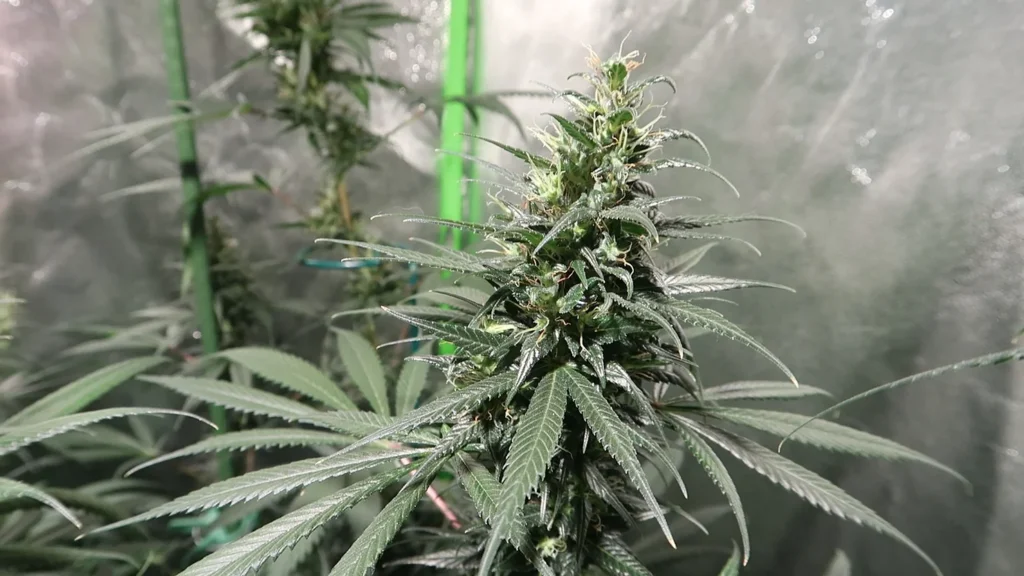
Nitrogen toxicity that caused airy buds
Nitrogen Toxicity Treatment for Cannabis Plants
Nitrogen toxicity occurs mostly in indoor plants because growers think more nutrients means happier plants. It is important to keep a balance when feeding your plants. To treat the problem, just cut down on the amount of nitrogen that you are feeding to your cannabis plant. It is a very simple solution, but plants recover very fast.
There is a chance that you are not overfeeding nitrogen to your plant but it’s the soil that has too much nitrogen present in it. In that case, flush your growing media with pH balanced water to rinse out the excess nitrogen. Although it is relatively easy to fix this problem, there are ways to prevent it altogether. To prevent your plant from nitrogen toxicity, it is crucial to understand how much nitrogen is consumed by the plant in the different stages of growth.
How To Prevent Nitrogen Toxicity in Cannabis Plants
Cannabis plants need more nitrogen in the vegetative stage and relatively less nitrogen in the flowering stage. Understanding this information is the key to prevention. In the vegetative stage, feeding a high amount of nitrogen shouldn’t have any adverse effects but during flowering, excessive nitrogen results in smaller buds that can be airy. Therefore, you should purchase plant fertilizer with lower nitrogen levels if your cannabis plant is in the flowering stage.
Many novice growers get anxious when their cannabis plants have yellow leaves during the flowering stage. As a result, they add more nutrients (including nitrogen) to the growing medium which then causes nitrogen toxicity. As stated earlier in this article, nitrogen is highly mobile in plants. During the blooming stage, plants tend to take up nitrogen from the leaves to provide it to the buds. Yellowing of leaves in late flowering is perfectly normal and should not cause any problem during harvest. In that case, adding more fertilizer may do more harm than good.
Now that you understand your cannabis plants needs better, you are on the path to keep your cannabis plant healthy and thriving. Take the important measures to prevent the problem and if the problem has occurred, swiftly take action to treat it.
![]()

